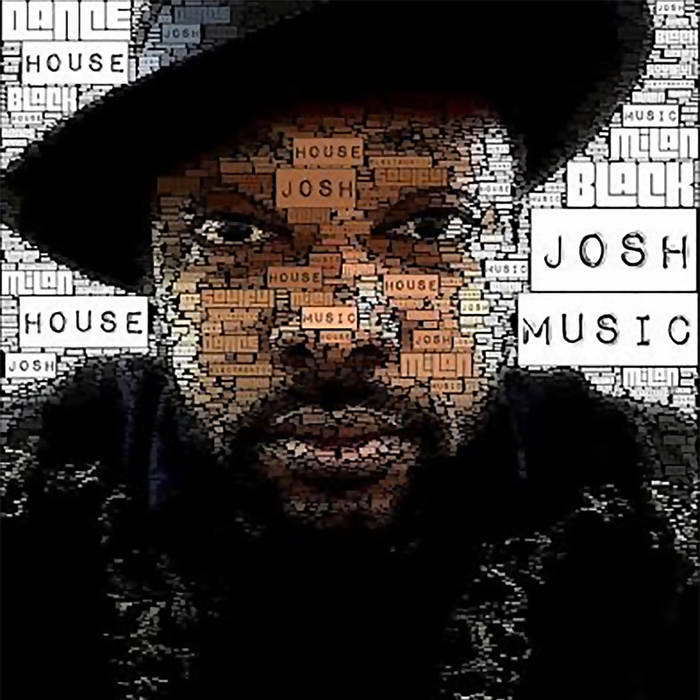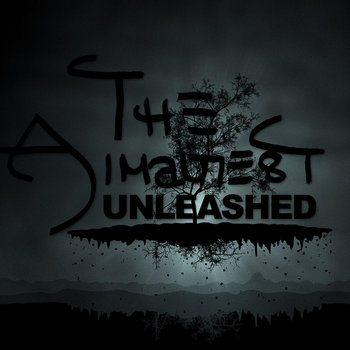
Written by Ben Popper — Spotify and Pandora know they have to grow beyond their current business model or perish.
Yesterday afternoon Pandora announced it was acquiring Rdio, or at least its tech and talent, while the service and CEO were put out to pasture in a bankruptcy. This morning, Spotify made a much smaller, seemingly unrelated announcement, that it would be opening up data about how its audience listens to artists and their managers. But both pieces of news actually point in the same direction, toward a new type of streaming music service that aims to unite radio, on demand, and even live shows into a single offering.
On a call with investors about the Rdio acquisition, Pandora CEO Brian McAndrews said the goal for the company was to evolve beyond its streaming radio roots. That has become a billion dollar business for Pandora, but not one with consistent profits. Meanwhile its content costs have been outstripping its revenue growth. The harsh reality for Pandora, Spotify, and many other pure play music streaming services is that they need to find new, more lucrative revenue streams, or they will face the same fate as Beats Music and Rdio.
Streaming music has an economics problem. Like Pandora, Spotify has grown to more than $1 billion in annual revenue, but has struggled with profitability. Furthermore, the royalties it pays still strike many musicians as inadequate. Part of the struggle is that a big chunk of the royalties Spotify pays out go to rights holders — labels and publishers — who get tens of millions of dollars in advances and 70 percent of the overall revenue generated by Spotify’s subscriptions and advertising.
The streaming services that have reached scale would love to negotiate better deals with the labels. But unfortunately for them, the entrance of tech giants like Apple, Google, and Amazon into this industry will likely make that difficult. Those companies are happy to pay the labels to create music services that are loss leaders meant largely to bring users into their ecosystem where they might spend time or money on other more lucrative pursuits. If YouTube Music becomes a success and video becomes something all streaming services need to offer, the labels will have not one but two sets of critical rights. Like Beats and Rdio, smaller players will most likely be acquired or go bankrupt. Bigger players like Spotify and Pandora will try to grow horizontally to escape the money-losing trap of ad-supported streaming.
With Rdio’s assets, Pandora will build a new on-demand service that will compete with Spotify and Apple Music. It hopes that service can get its customers to pay $9.99 a month, far more than the $3.99 a month they do now for Pandora's premium offering. And with its recent acquisition of TicketFly, the company is making a bet that it can use its understanding of the music customers like to sell a lot of concert tickets. Those two areas have much better margins than the ad-supported radio which makes up the majority of Pandora’s current revenue.
Spotify is taking aim at the same goal. It has roughly the same number of total users as Pandora, 75 million at last count to Pandora’s 78 million. And while it isn’t known as a streaming radio service, anyone can use it that way, picking an artist or album as a seed station and getting an endless playlist in return, personalized as they indicate which songs they like and dislike. Just last week, Spotify made clear it wants to tap the same live music angle as Pandora, introducing a new feature that offers users a personalized playlist of local concerts happening in their area, and the ability to buy tickets right from those recommendations.
The Fan Insight data that Spotify rolled out today is, in essence, a pitch to artists that Spotify is not just a place to earn money by uploading your music — it’s also a way to research your fan base, and to actively market to them. It's designed to help them plan smarter tours and understand the impact their music and marketing is having on fans. Spotify noted in its press release that artists like Ed Sheeran have used its data to target their super fans while promoting a tour, and that the click-through rates were far higher than the industry average. Pandora has a similar product, Messages from Artists, also driven by data about who a band’s biggest supporters are.
Tidal, the newest entrant to the streaming music game, has a similar pitch. It was recently purchased by Jay Z, who brought in a cadre of other high-profile artists as co-owners. The service has been putting on exclusive concerts, with tickets often exclusively available to Tidal subscribers. And it’s also positioned itself as a platform that will discover and elevate talented acts that have not yet found fame, in essence taking on the role traditionally occupied by a music label.
For Spotify, the move into label-like activities comes at an opportune time. The company is in the midst of renegotiating deals with several major record labels, and still gets cast as the villain by big name acts like Taylor Swift and the musicians who own the competing streaming service, Tidal. Giving away useful data could simultaneously strengthen Spotify's hand at the negotiating table with labels and improve its image among creators.
The idea that streaming services could eliminate the need for labels is a beguiling one. Eliminating the middleman would allow Spotify or Pandora, and artists who power their services, to keep a much bigger piece of the pie. But there are still many things labels do for artists that streaming services like Spotify cannot. They help to craft an image and get songs on terrestrial radio, where a large amount of listening and music discovery still happens. They pay to make visually stunning music videos and market upcoming albums in every way imaginable.
So far only Tidal, which is a relatively small player in the industry and has the celebrity muscle to take a stand, has come suggested outright that these tasks could be handled just as well by artists if they were to take control of the means of production.
In the age of vinyl records or CDs, it would have been difficult if not impossible for a solo artist to achieve global distribution on their own. But in a time when anyone can record an MP3 and upload it from their laptop, that middle man is far less important. And that is really the big idea underlying all of these changes. By providing a one-stop shop for distribution, monetization, audience research, marketing, and live event promotions, the streaming services are starting to stake a claim to a large part of what record labels have traditionally done.
Click here to read from this article's source.












































